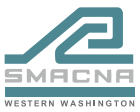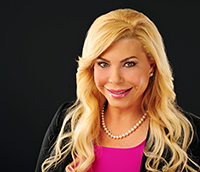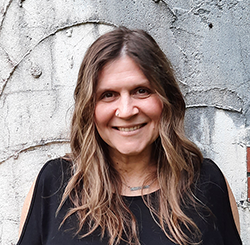 A recent issue the SMACNA-WW/ICC Code Committee discussed concerned a project where the contractor would be installing a grease scrubber for the kitchen hood grease exhaust. The contractor had questions about whether or not the duct downstream from the scrubber to the louver (termination) is required to be constructed per grease duct code, or whether it can just be constructed as normal, non grease, unprotected exhaust duct, since, theoretically, the grease is supposed to be removed by this point.
A recent issue the SMACNA-WW/ICC Code Committee discussed concerned a project where the contractor would be installing a grease scrubber for the kitchen hood grease exhaust. The contractor had questions about whether or not the duct downstream from the scrubber to the louver (termination) is required to be constructed per grease duct code, or whether it can just be constructed as normal, non grease, unprotected exhaust duct, since, theoretically, the grease is supposed to be removed by this point.
It was agreed on by the committee that the only argument that could be submitted for the duct downstream from the scrubber would be to have manufacturer’s installation instructions that state the duct downstream does not need to be of Class 1 construction (installation instructions usually defer to the jurisdiction in which the scrubber is installed). In this case, the installation instructions for the scrubber proposed for installation on the project in question did refer back to the local jurisdiction. It was recollected that this issue goes back to a project in 2000 where it was determined that the duct downstream from the scrubber had to be treated as a Class 1 installation. No one could recall seeing a scrubber installation, then or since, that did not require fire wrap/protection downstream from the scrubber to termination. All jurisdictions would look at the duct on the downstream side of the scrubber to be of grease duct construction and protection as required in the code.
As always, please check with the authority having jurisdiction in your area regarding local code enforcement.
Seattle New Permit System Update
Seattle is replacing its current permitting system with a new software program. It will replace the permit portal it currently has in use. All permitting, licensing, inspections, and complaints functions are being converted to the system in phases, which started over the Memorial Day weekend with an internal launch within Seattle Department of Construction and Inspections (SDCI). After a few weeks, the city will begin inviting groups of customers to use the system for new projects.
Existing systems will stay in place during the transition. Since the system will be launched in stages, there will be no SDCI office closures during the launch. The new Seattle Services Portal will allow you to:
- Apply for a permit, access project updates, pay fees, research property information, check the status of a permit, schedule inspections, and more—all in one place
- Access the information on your smartphone
- Select project sites from a map, as well as with an address, when applying for permits
- Pay fees more easily, with the ability to pay all outstanding City of Seattle fees all at once
The city will be posting updates on all the upcoming changes, how-to guides, and information that you’ll need to know on its
website: http://www.seattle.gov/sdci.



